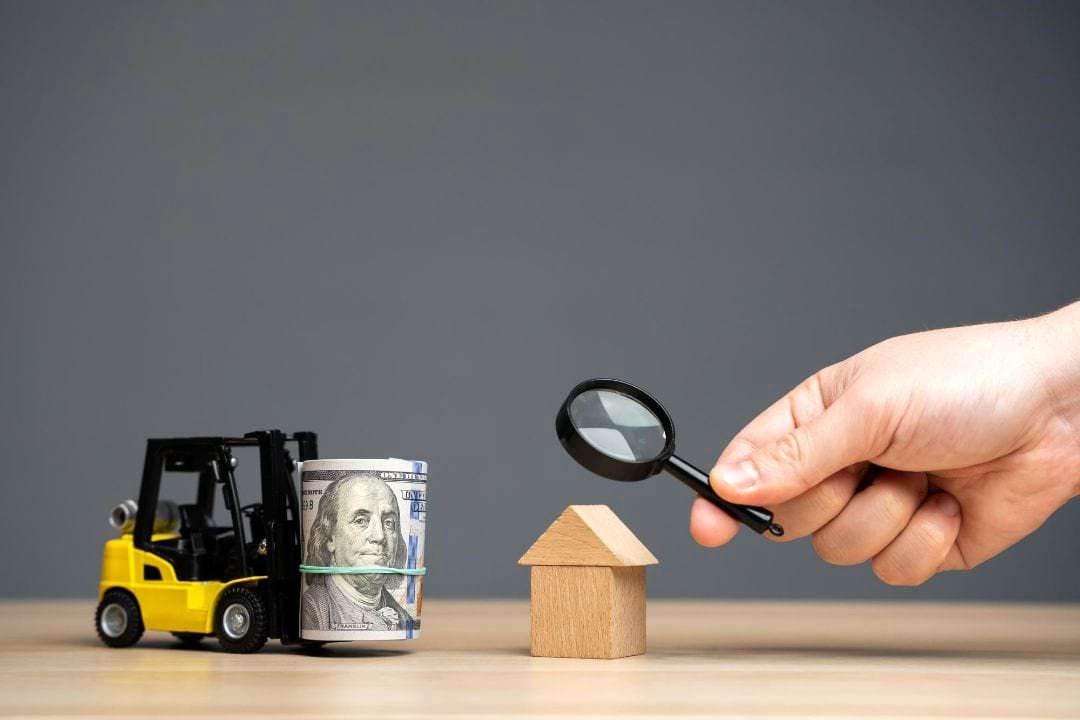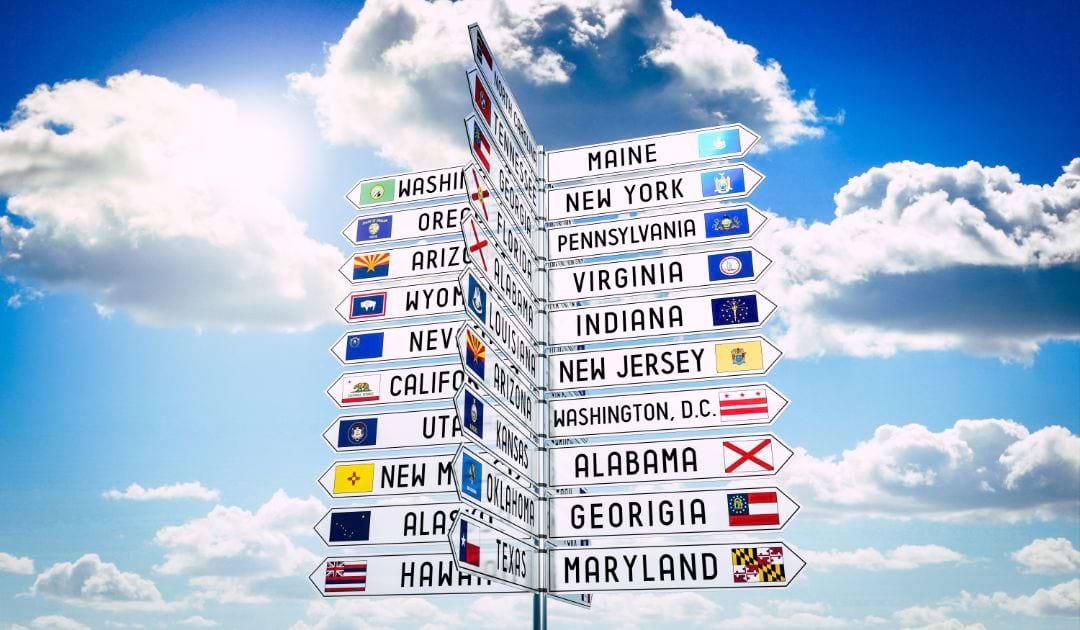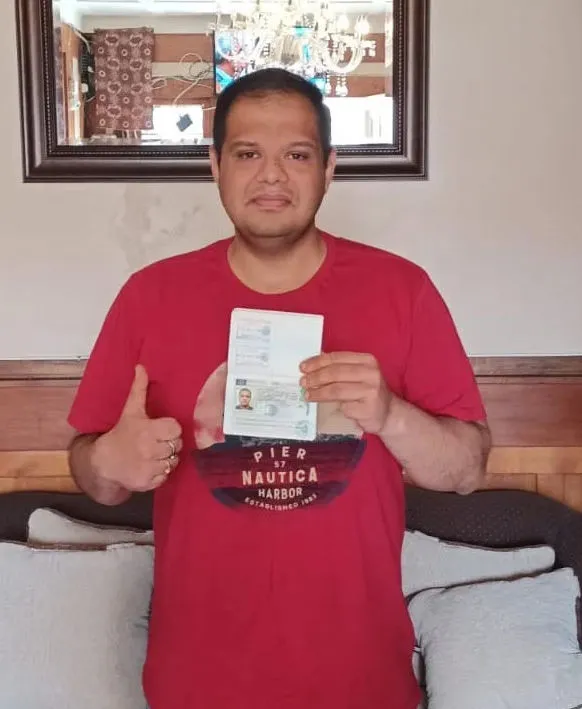

Moving to Europe? Here’s How Much Buying a House in Each Member State Can Cost
A recent report by Eurostat reveals that prices of houses have decreased by 1.1 per cent in the second quarter of 2022, with these fluctuations being even more pronounced in the last decade. On the other hand, rents have steadily increased during the same period, AtoZSerwisPlus.com reports.
Here is a comprehensive list of house prices across Europe, with the data being combined between Statista, the statistics website, Immigrant Invest, and Eurostat.
Austria
Buying a new house in Austria can cost around €492,500, as the data from Statista reveals that prices per square meter in the country vary between €4,925 for new houses and around €3,737 for existing houses. This means that buying existing houses in the country can cost around €373,700.
Foreigners with a residence permit are eligible to buy housing in Austria, but one needs to have a monthly income of €4,000 or more to be able to participate in the residence permit programme for individuals who do not need financial support.
On the other hand, foreigners without a residence permit might find it more difficult to purchase real estate in the country as they have to obtain permission from the authorities and abide by several conditions, which can include living in the same house or apartment for at least three years. Suburbs of Vienna and the city itself are the most expensive ones, while in small towns, prices of real estate are lower.
Belgium
Houses in Belgium can cost around €310,200, which means that the price per square meter is €3,102, for a comfortably sized house with around 100 square meters.
Logically, real estate prices are higher in provinces with a higher concentration of population, such as Brabant, Antwerp, and Brussels, where the prices reach around €4,000 per square meter.
Bulgaria
This Eastern European country has one of the lowest prices for houses, as the price per square meter costs €1,650, totalling up to €165,000 for a house of 100 meters square.
House prices for square meters are the highest in the capital city of Sofia, with a two-bedroom apartment costing around €145,000 to €180,000, while houses can cost up to €450,000.
Croatia
This exceptionally beautiful country can be home to people who like nice weather and love to live near the beach. However, this is one of the rare European countries where purchasing real estate in the capital city is slightly cheaper than in popular destinations.
While the average price for a house circulates to €167,800 across Croatia, the square meter for a house in Split goes up to €2,985, indicating that investors can pay €130,700 more in this city for a house of 100 square meters than they do anywhere else in the country. Osijeka has the lowest prices for square meters in Croatia – around €1,057.
Cyprus
House prices in this island country are only €200 higher than those in Croatia – however, purchasing real estate in cities like Limassol, La Aca, Paphos, and Famagusta can really empty investors’ wallets as the price for square meters is around €3,400.
In other words, while one buys a house in a terrific location like Limassol, other investors can buy two properties of the same value in other parts of the country.
Czechia
A house where a family can comfortably live costs around €375,300 in Czechia, with the square meter for existing houses costing around €2,570, indicating that such a house can cost €2570,000 in total.
This means that buying a house in more populated areas is €118,300 more expensive than in other regions.
Denmark
Square meters in Denmark can cost from €3,104 for new houses to €2,469 for existing houses, indicating that on average, a 100 square meter house can cost up to €310,400.
Foreigners in Denmark can have a really tough time when they decide to buy a house there as it is prohibited to sell residence properties to foreigners in cities and coastal areas, except for foreigners that have lived in the country for more than five years, those that have a residence or work permit and fellow EU citizens who work in Denmark.
Estonia, Latvia & Lithuania
Foreigners in Estonia are able to purchase real estate once they receive a confirmation from the authorities, and, in general, only small islands and places near the border with Russia are off the market for buying property.
New houses in Estonia can be purchased for €312,000, while prices are lower for Latvia (€162,500) and Lithuania (€114,600).
Finland, Norway & Sweden
Out of these three countries, houses cost the most in Sweden (€699,200), with the square per meter for new houses going up to €6,992. House prices in Norway can peak at €420,400 and €518,300 for Finland.
Foreigners can easily buy property in Finland, except for the province of Aland, as well as in Norway and Sweden. However, the prices vary, with capital cities having more expensive property.
France, Germany & Netherlands
Prices of new houses in France can be around €463,900 and €348,900 for existing houses, with the difference between these two types of houses being €115,000.
Furthermore, data by Statista reveals that buying new houses in Germany can cost €480,000 while the price per square meter of existing houses can go up to €3,400, indicating that the difference between new and existing houses can be around €140,000.
A new house in the Netherlands costs around €357,200, around €54,400 less expensive than an existing house, with the price of square meters for these houses going up to €3,572.
Greece
Foreigners in this European country can benefit from buying apartments and villas by obtaining a residence permit through the Greece Golden Visa. The minimum investment has to be around €250,000, while on average, house prices can go up to €361,900.
Hungary, Slovakia & Slovenia
The price of square meters in Hungary, on average, reaches €2,515, while in Slovenia and Slovakia, it can be around €1,927 and €1,593.
Ljubljana, on the other hand, can be more expensive than other cities in Slovenia, with the price of square meters being around €2,300. Similarly, the Bratislava region in Slovakia has higher prices (€2,231) compared to Banska Bystrica (€923).
Iceland & Ireland
House prices in Iceland can cost €339,000, while those in Ireland are slightly cheaper – approximately €335,000. While in the Irish capital of Dublin, prices for square meters can reach €4,300, those in central cities of Iceland are around €3,828.
Italy, Portugal & Spain
The famous Italian cities of Venice and Milan can be the most expensive in Italy – €4,467 per square meter, while on average, a house in Italy can cost €189,600.
Prices of houses in Portugal can go up to €10,000 per square meter in Lisbon, indicating that buying a 100 square meter house there can cost around €1 million. Other regions like Alentejo (€833) and Azores (€1,200) are cheaper.
While Portugal has terminated its golden visa programme, the Spain Golden Visa Programme is still ongoing, and an investor can obtain a residence permit by investing at least €500,000 in real estate. On average, new houses in Spain cost around €178,600.
Poland & Romania
Square meters for a new house in Poland can reach the amount of €1,975, totalling up to €173,200. In Romania, new houses are, on average, cheaper than in Poland – around €137,000.
Foreigners in Poland have to obtain a permit before buying land for the construction of housing, and it should not exceed 50 acres, while foreign citizens in Romania can buy property there if they register it in ownership of resident citizens who have lived in the country for at least 183 days a year.
Switzerland
On top of having very high prices for square meters (€13,280), Switzerland also has a lot of procedures for foreigners looking to buy properties there. The purchase can be made only with a special permit from the authorities of communes, which all have specific rules regarding the size of housing, location, and permission to resell the object.
For the Employer
Are you looking to Hire? Let us help you find the perfect candidates!
Step 1: Fill out the employer's questionnaire. Please provide us with the necessary details about your job requirements and company. We'll use this information to customise our services for you. Fill in the form.
Step 2: Choose the best offer. Once we receive your completed questionnaire, we'll prepare a tailored proposal for recruitment, employee leasing, or outsourcing services.
Step 3: Welcome your new employee. We'll utilise our extensive network and resources to find the ideal candidate for your business. Please don't worry; we'll ensure favourable conditions for you and the employee.
Take advantage of exceptional talent for your company. Complete the employer's questionnaire today, and let us handle your hiring needs.
For Job Seeker Registration
If you are looking for Truck Drivers, such as our guest today, we would like you to fill out the application form on our website. After reviewing the details of the completed offer, a representative of AtoZ Serwis Plus will contact you and tell you about all the details. Fill in the form.
Would you like some advice? So that you know, the information I've included here is for you to review. You'll always need to consult with your legal and tax advisor(s) and follow their guidance. AtoZ Serwis Plus cannot assist with legal or tax matters. The information presented is not specific to any particular company or workforce nor reflects how AtoZ Serwis Plus products are distributed in any jurisdiction. Instead, it is general. AtoZ Serwis Plus makes no representations or warranties regarding this information's accuracy, completeness, or timeliness. It shall not be liable for any losses from using or relying on it. It is your responsibility to exercise caution when using this information.


















